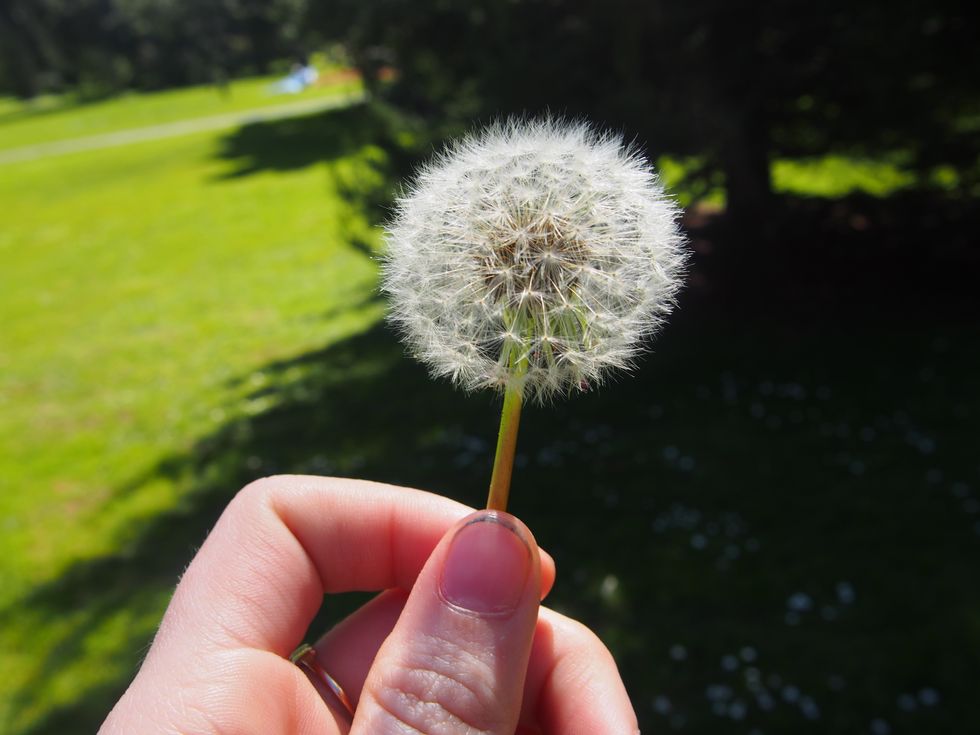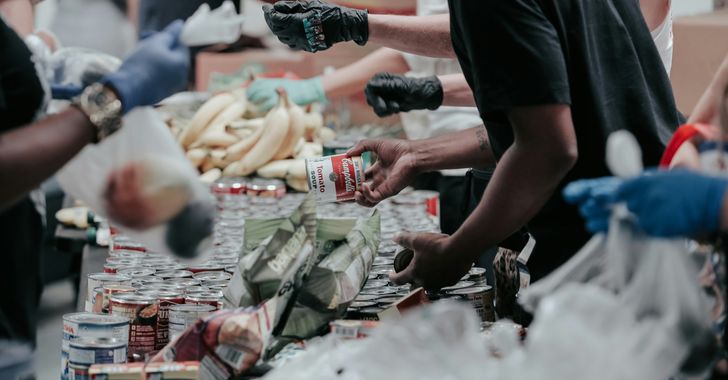Have you ever been hiking and thought about the surrounding botany? I mean, really considered the plethora of food dispersed around the very trails you are hiking? No? The natural world is chock full of nutritional substances — fruits, nuts, leaves, shoots, stems, roots and even seeds can be eaten, and many come with recipes to add flavor! Many of us are familiar with edible wild blackberries and strawberries, so I've thrown together nine plants you may not have considered snack worthy! The world is not limited to the produce aisle of our local grocery, so go out and harvest something new!
*** Important note: These plants are considered common throughout the Eastern United States, which ranges based on your agricultural and climate zone. Only eat plants you can absolutely identify, because eating unknown plants can lead to poisoning or death. ***
The plants I have selected are from a complete compilation of wild edible plants by Mr. Lee Allen Peterson, and additional information as well as proper identification can be found in Edible Wild Plants: Eastern/Central North America.
1. Common Elderberry
Let's be frank, most of us know Elderberries from the classic "Monty Python and the Holy Grail." In addition to being used as an insult, the fruit from the Elderberry bush can be made into jams, eaten raw or served as wine.
*** Please note: Elderberry looks very similar to Pokeweed, a poisonous relative. Note the berry clustering on the Elderberry bush vs the linear grouping of Pokeweed berries.***
Found: Manitoba-Nova Scotia, spreading south to Texas
Fruits in: August —October
2. Common Cattail
Use the stalks, young shoots, pollen, spikes, sprouts and roots for a variety of recipes! Widely considered one of the most versatile of the edible plant world, the common cattail can be used in salads, as a flour, boiled (called cat-on-the-cob), pickled or sauteed.Found: Throughout the United States
Flowers in: May-June
3. Day-lily
You can use the entire plant: flowers, leaves, buds, tubers and young shoots. Flowers can be made into fritters, while young shoots can be added into salads
Found: Canada-North Carolina (naturally, but they are often planted in landscape designs)
Flowers in: June — August
4. Yarrow
Yarrow leaves can be gathered, dried and developed into tea.
Found: Throughout the Eastern/Central United States.
Flowers in: June — September
5. Common Dandelion
Use the leaves in a salad or cook them down and serve as a side dish! Dandelion flowers can be battered and deep-fried for a tasty snack, young, unopened buds can be pickled and roots can be slow roasted and ground into coffee!
Found: Throughout the Eastern/Central United States
6. Gooseberries
Gooseberries are my Mom's new favorite fruit, but they are difficult to find in Georgia for some reason! Their fruits can be eaten raw, dried, candied, turned into jams, fruit sauces and pie fillings.
Found: Parts of Florida and South Carolina.
Fruits: June — September
7. Common Sunflower
Sunflower seeds are a common treat found in the snack isle, but did you know you can make coffee from the ground, roasted shells?
Found: Throughout the Eastern/Central United States
Flowers in: July — October
8. White Oak
White oak nutmeat is sweeter than other acorns, being used to make flour, meal, candies or just a simple snack. White oak acorns can be dried and ground into a protein rich bread mix!
Found: Maine-Minnesota and Texas-Florida
9. Beach Plums
The wild plum trees may have thorns, so pick with caution! Varying in color and sweetness, these delicious plums are perfect for jams!
Found: Maine and Delaware
Fruits in: September — October














 Going to the cinema alone is good for your mental health, says science
Going to the cinema alone is good for your mental health, says science












 women in street dancing
Photo by
women in street dancing
Photo by  man and woman standing in front of louver door
Photo by
man and woman standing in front of louver door
Photo by  man in black t-shirt holding coca cola bottle
Photo by
man in black t-shirt holding coca cola bottle
Photo by  red and white coca cola signage
Photo by
red and white coca cola signage
Photo by  man holding luggage photo
Photo by
man holding luggage photo
Photo by  topless boy in blue denim jeans riding red bicycle during daytime
Photo by
topless boy in blue denim jeans riding red bicycle during daytime
Photo by  trust spelled with wooden letter blocks on a table
Photo by
trust spelled with wooden letter blocks on a table
Photo by  Everyone is Welcome signage
Photo by
Everyone is Welcome signage
Photo by  man with cap and background with red and pink wall l
Photo by
man with cap and background with red and pink wall l
Photo by  difficult roads lead to beautiful destinations desk decor
Photo by
difficult roads lead to beautiful destinations desk decor
Photo by  photography of woman pointing her finger near an man
Photo by
photography of woman pointing her finger near an man
Photo by  closeup photography of woman smiling
Photo by
closeup photography of woman smiling
Photo by  a man doing a trick on a skateboard
Photo by
a man doing a trick on a skateboard
Photo by  two men
two men  running man on bridge
Photo by
running man on bridge
Photo by  orange white and black bag
Photo by
orange white and black bag
Photo by  girl sitting on gray rocks
Photo by
girl sitting on gray rocks
Photo by  assorted-color painted wall with painting materials
Photo by
assorted-color painted wall with painting materials
Photo by  three women sitting on brown wooden bench
Photo by
three women sitting on brown wooden bench
Photo by 
 Photo by
Photo by  Photo by
Photo by  Photo by
Photo by  Photo by
Photo by 


 people sitting on chair in front of computer
people sitting on chair in front of computer











